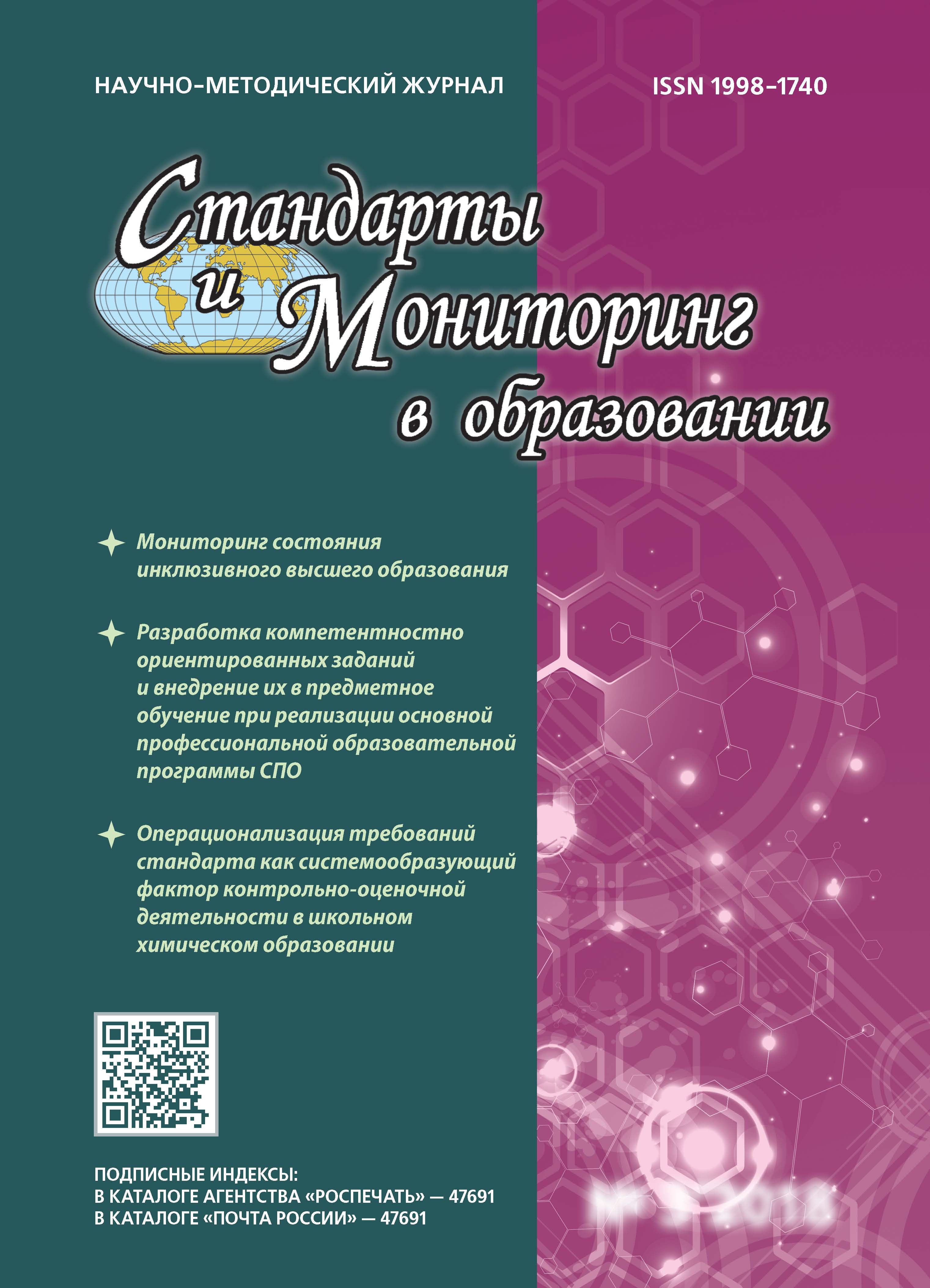Russian Federation
Ergonomic biomechanics in the life of a modern person is a new direction, positioned in the health services market. Some firms conduct ergonomic workplace assessments to combat chronic fatigue in their employees and improve physical activity. The factor of "product ergonomics" is gaining momentum in marketing. The performed analysis showed that ergonomic biomechanics is not studied in universities of a sports profile and students do not have a sufficient idea of where this direction can be used. In the scientific literature, this aspect is not sufficiently represented and its development will show not only the social function of ergonomic biomechanics, but its practical orientation both in education and in the ordinary life of a person as a consumer. Applied scientific research was carried out at the Kuban State University of Physical Culture, Sports and Tourism by students of the "Physical rehabilitation" profile while studying the profile subject "Biomechanics of human motor activity". The first part of the study was conducted in a classroom using biomechanical parameters and computer chairs on which students sit (photo-video recording, measuring angles while sitting). This practical lesson was held for the first time and was a surprise for the students. Moreover, the difficulty was that the students were in the classroom, and the teacher was at home in self-isolation, guiding the measurements using voice communication and a computer. The second part of the study consisted in the ability to organize their own ergonomic environment using the example of a workplace at home. The use of the method of design technologies made it possible to show not only the practical orientation of the research, but also the individuality, the creative approach of the student when performing a practical task on his own. The presented applied research shows the development of the competencies indicated in the work program for the subject and will be continued during the internship in secondary schools in the city of Krasnodar and the Krasnodar Territory.
ergonomic biomechanics, movements around the axes, locomotor and moving movements, posture - movements, ergonomic environment, pedagogical experiment, educational technologies, health-preserving education, functional biomechanics, biomechanics in design technologies
1. Ablyaeva A.V. Ergonomika rabochikh mest v shkole kak vazhnyy faktor sokhraneniya zdorov'ya podrostkov [Ergonomics of workplaces at school as an important factor in maintaining the health of adolescents]. Meditsina truda i promyshlennaya ekologiya [Occupational Medicine and Industrial Ecology]. 2020, V. 60, I. 11, pp. 707-709.
2. Anokhin A.N., Paderno P.I., Sergeev S.F. Chelovecheskiy faktor na «ergo 2014» [Human factor at "ergo 2014"]. Chelovecheskiy faktor: problemy psikhologii i ergonomiki [Human factor: problems of psychology and ergonomics]. 2014, I. 3 (70), pp. 30-36.
3. Bondarenko A.G., Kharitonov V.V., Solovey Yu.N. Ergonomicheskaya optimizatsiya obuchayushchey sredy pri podgotovke aviatsionnykh spetsialistov s ispol'zovaniem komp'yuternykh sistem [Ergonomic optimization of the learning environment in the training of aviation specialists using computer systems]. Trendy i upravlenie [Trends and management]. 2015, I. 3, pp. 301-317.
4. Gorobets T.N. Psikhologo-ergonomicheskie komponenty bezopasnosti zhiznedeyatel'nosti cheloveka [Psychological and ergonomic components of human life safety]. Akmeologiya [Akmeology]. 2014, I. 4 (52), pp. 71-76.
5. Denisov D.P., Ogryzkov V.E. Algoritm virtual'nogo vybora i ergonomika distantsionnykh uslug v obrazovanii [Virtual Choice Algorithm and Ergonomics of Distance Services in Education]. Ergodizayn [Ergodesign]. 2020, I. 4 (10), pp. 194-202.
6. Dneprov S.A. Ergonomicheskie aspekty deyatel'nosti pedagoga v novykh usloviyakh obucheniya [Ergonomic aspects of the teacher's activity in the new learning environment]. Mir nauki. Pedagogika i psikhologiya [World of Science. Pedagogy and psychology]. 2019, V. 7, I. 5, p. 5.
7. Kuznetsova Z.M., Ovchinnikov Yu.D. Ustalost'-biomekhanicheskaya kategoriya [Fatigue as a biomechanical category]. Pedagogiko-psikhologicheskie i mediko-biologicheskie problemy fizicheskoy kul'tury i sporta [Pedagogical-psychological and medical-biological problems of physical culture and sports]. 2018, V. 13, I. 1, pp. 178-183.
8. Nazarenko N.A., Osetrov A.V. Osobennosti ergonomicheskoy otsenki pol'zovatel'skikh interfeysov cheloveko-mashinnykh sistem spetsial'nogo naznacheniya [Features of ergonomic evaluation of user interfaces of human-machine systems for special purposes]. Biotekhnosfera [Biotechnosphere]. 2015, I. 1 (37), pp. 38-43.
9. Naumchik V.N. Ergonomika kak sotsial'no-pedagogicheskaya osobennost' trudovoy deyatel'nosti sovremennogo pedagoga [Ergonomics as a socio-pedagogical feature of the work of a modern teacher]. Problemy sovremennogo obrazovaniya [Problems of modern education]. 2019, I. 5, pp. 108-113.
10. Ovchinnikov Yu.D., Plotnikova Yu.V. Ergonomichnost' igrushki v taktil'nykh oshchushcheniyakh pal'tsev (s ispol'zovaniem blochnogo konstruktora Fanklastik™) [Ergonomics of the toy in tactile sensations of the fingers (using the Fanclastic™ block constructor)]. Innovatsionnye proekty i programmy v obrazovanii [Innovative projects and programs in education]. 2018, I. 2, pp. 49-52.
11. Okulova L.P. Ergonomika i ee rol' v pedagogicheskom protsesse [Ergonomics and its role in the pedagogical process]. Obrazovanie i samorazvitie [Education and self-development]. 2012, I. 3 (31), pp. 104-108.
12. Okulova L.P. Ergonomicheskie trebovaniya k didakticheskim sredstvam obucheniya v tselyakh sozdaniya komfortnoy uchebnoy sredy [Ergonomic requirements for didactic teaching aids in order to create a comfortable learning environment]. Sibirskiy pedagogicheskiy zhurnal [Siberian Pedagogical Journal]. 2013, I. 6, pp. 70-74.
13. Paskenova A.V., Mansurova G.R., Amirov N.Kh., Fatkhutdinova L.M. Ergonomicheskaya kharakteristika rabochikh mest v IT-kompanii [Ergonomic characteristics of jobs in an IT company]. Meditsina truda i promyshlennaya ekologiya [Occupational Medicine and Industrial Ecology]. 2017, I. 12, pp. 55-60.
14. Kharitonov V.V., Bondarenko A.G. Osobennosti prepodavaniya aviatsionnoy ergonomiki studentam i letchikam (shturmanam)-ispytatelyam [Features of teaching aviation ergonomics to students and test pilots (navigators)]. Chelovecheskiy faktor: problemy psikhologii i ergonomiki [Human factor: problems of psychology and ergonomics]. 2013, I. 4 (67), pp. 116-120.
15. Shukeylo Yu.A., Khomutov V.P., Khomutov V.V. Metody biomekhaniki trudovoy deyatel'nosti i reabilitatsii [Methods of biomechanics of labor activity and rehabilitation]. Biotekhnosfera [Biotechnosphere]. 2010, I. 2 (8), pp. 49-54.
16. Chaynova L.D. Ergonomika v reshenii problem gumanizatsii gorodskoy sredy [Ergonomics in solving the problems of humanization of the urban environment]. Dizayn-revyu [Design Review]. 2012, I. 12, pp. 11-22.
17. Yatsenko E.S., Tinina I.K. Ergonomicheskiy aspekt pedagogicheskoy deyatel'nosti [Ergonomic aspect of pedagogical activity]. Vysshee obrazovanie v Rossii [Higher education in Russia]. 2013, I. 10, pp. 159-161.






